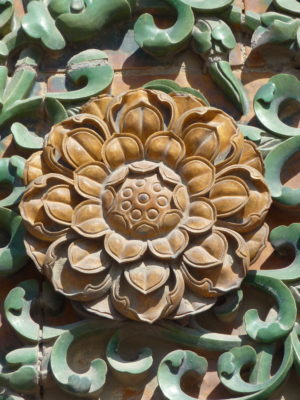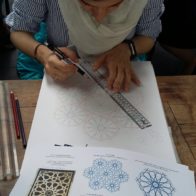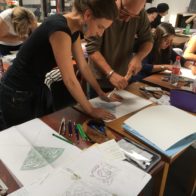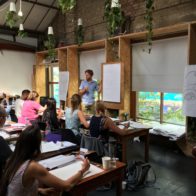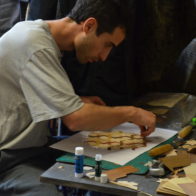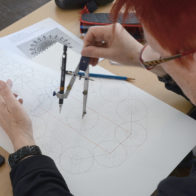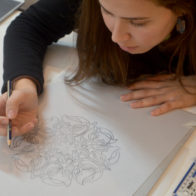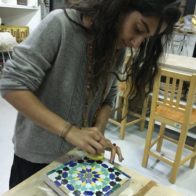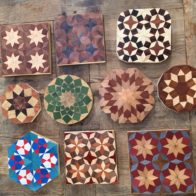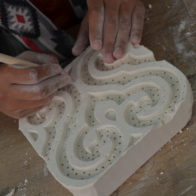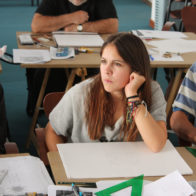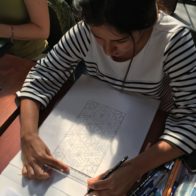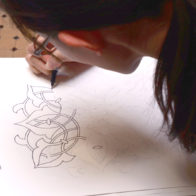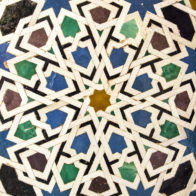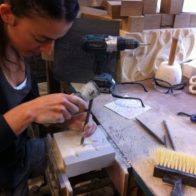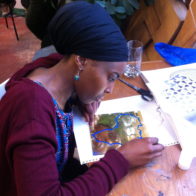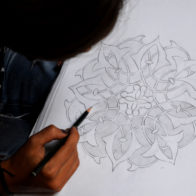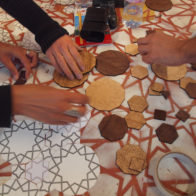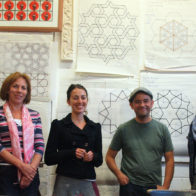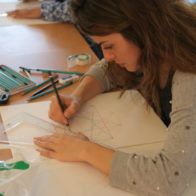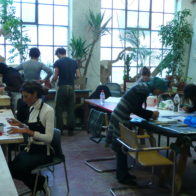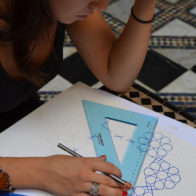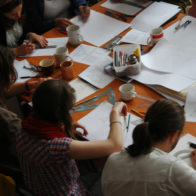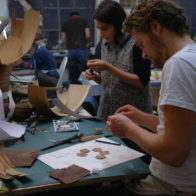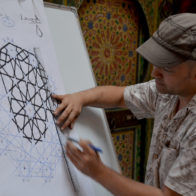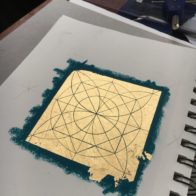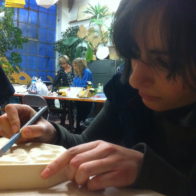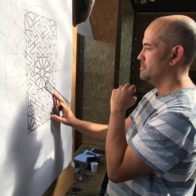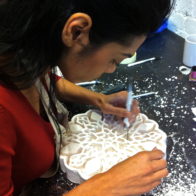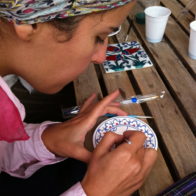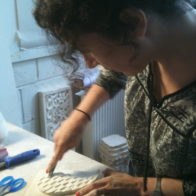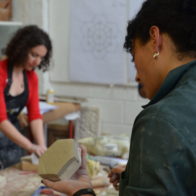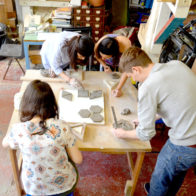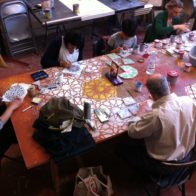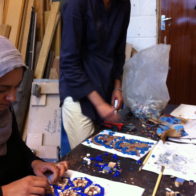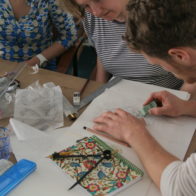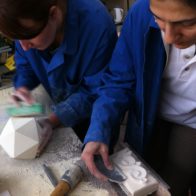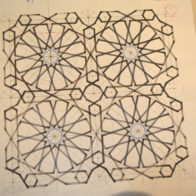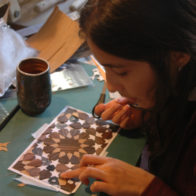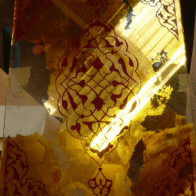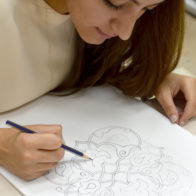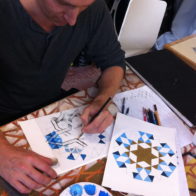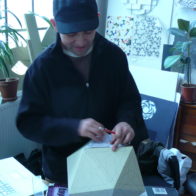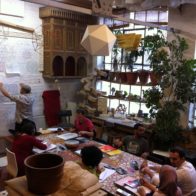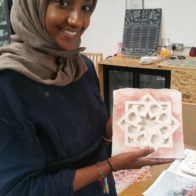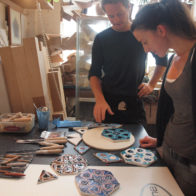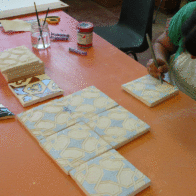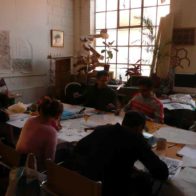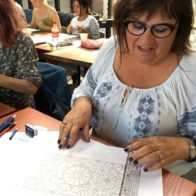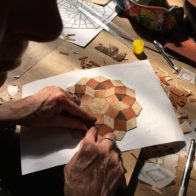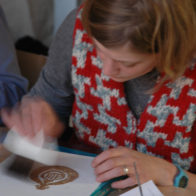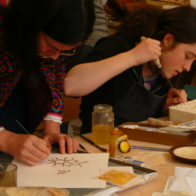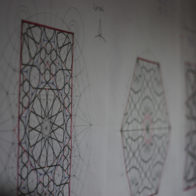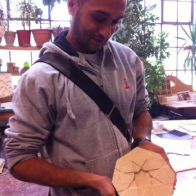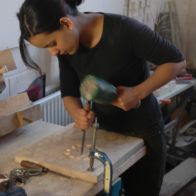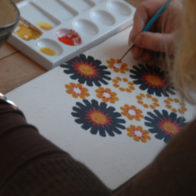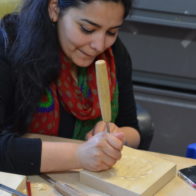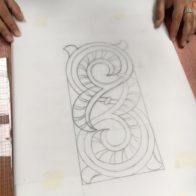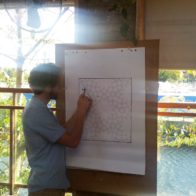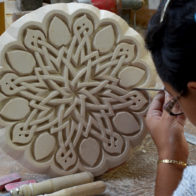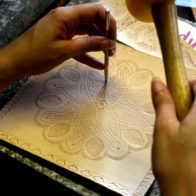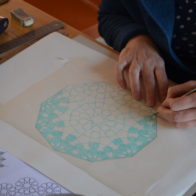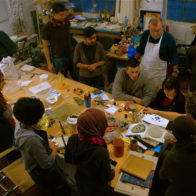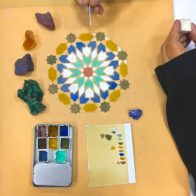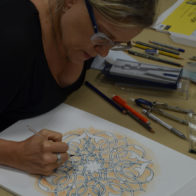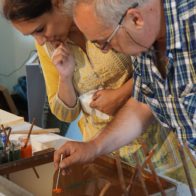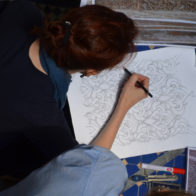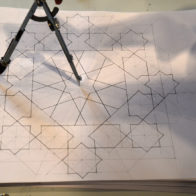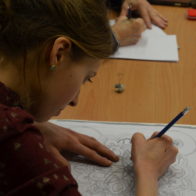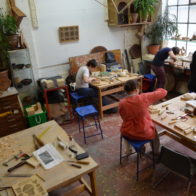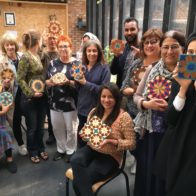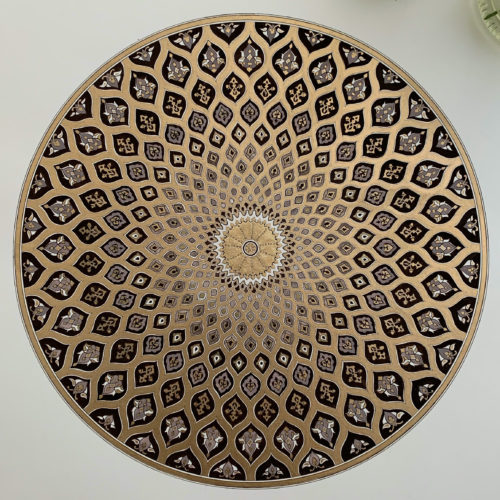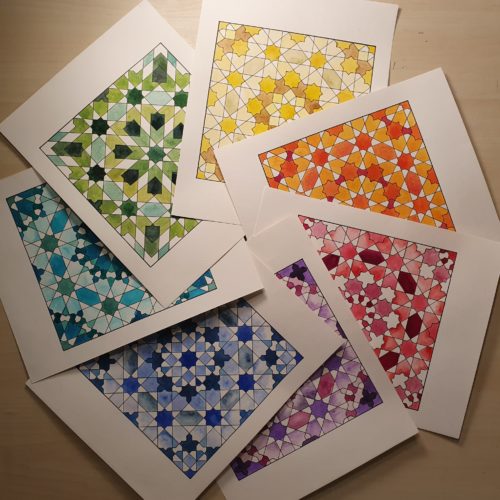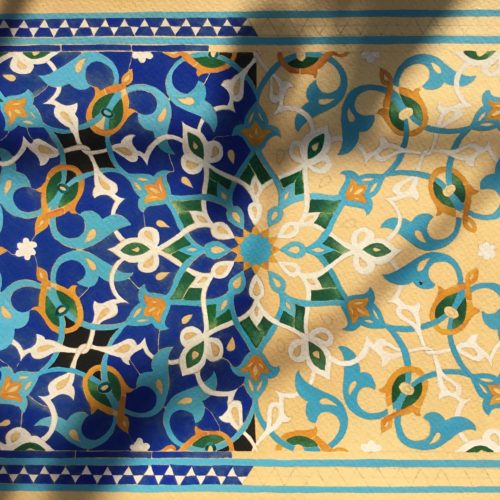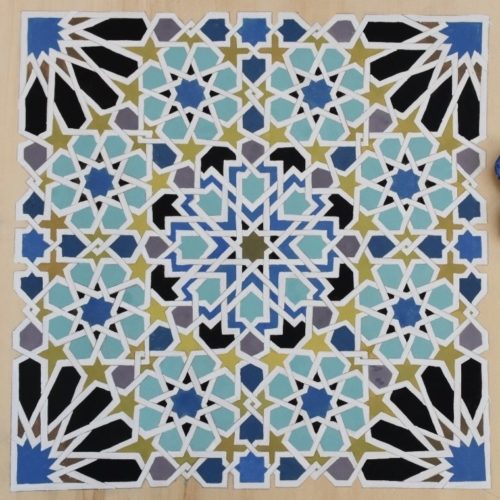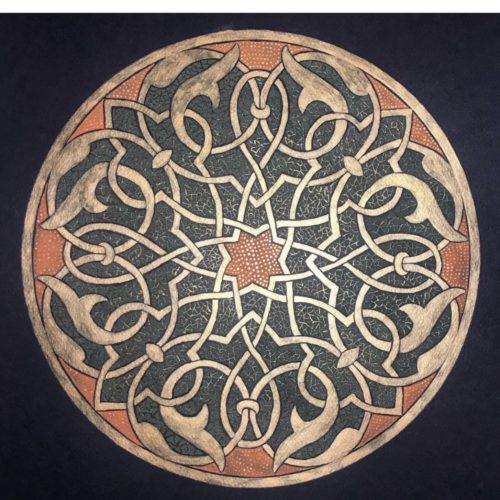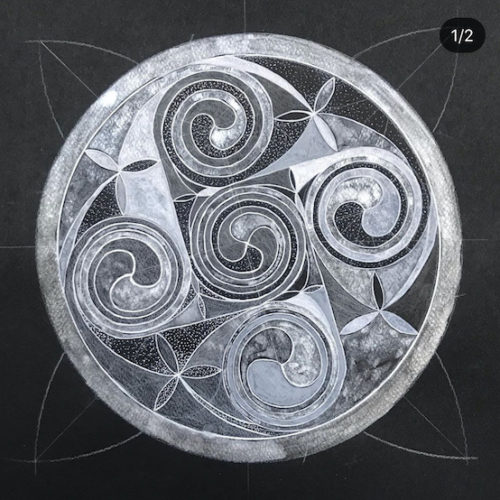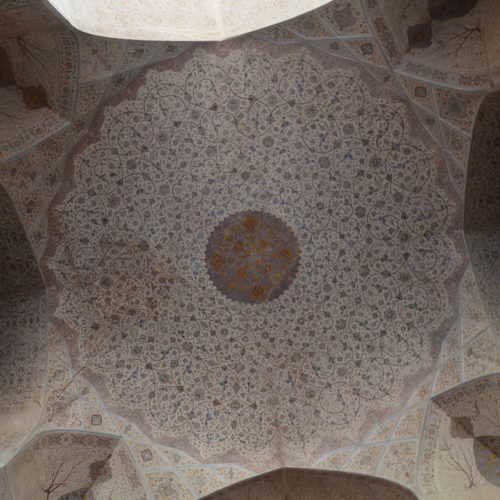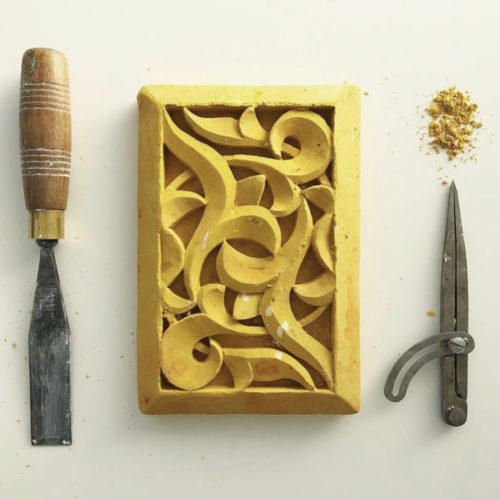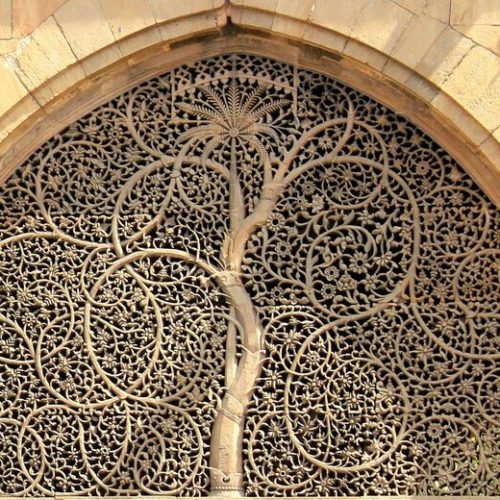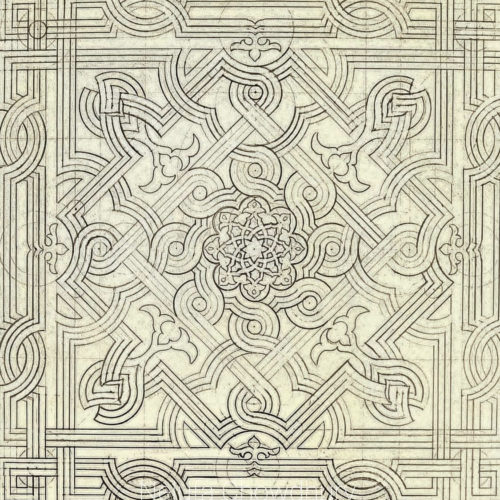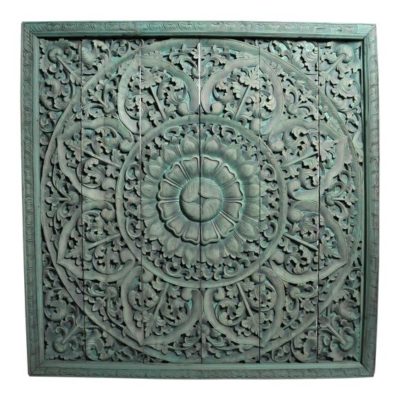 These ONLINE presentations taught by Adam Williamson are inspired by his studies with Norhaiza Noordin and research in Malaysia, China and Indonesia.
These ONLINE presentations taught by Adam Williamson are inspired by his studies with Norhaiza Noordin and research in Malaysia, China and Indonesia.
We will study patterns from the The Forbidden City in Beijing, China. From Kelantan, Malaysia and Jepara, Java. Many Islamic styles in the Middle East have been inspired by Chinese art forms and then returned to Southeast Asia in a confluence of styles resulting in sublime syncretic masterpieces.
We will study the Acanthus leaf and its spread from 400BC from Greece throughout the world and how many eastern and western styles converge to create these decorative forms.
We will draw spiral and volute patterns from China and carvings from Malay.
DOWNLOAD COURSE PACK
PART 1
Biomorphs of the Indomalayan realm
Alternative Payment options
 …………………………………………………….
…………………………………………………….
DOWNLOAD COURSE PACK
PART 2
Biomorphs of the Indomalayan realm
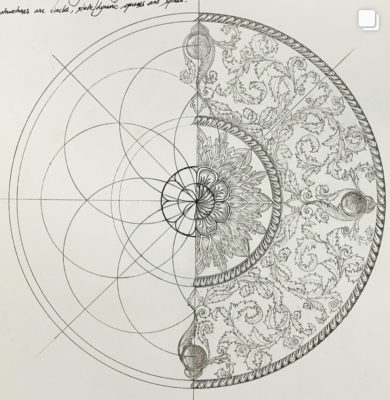
Please wait after making the donation to be redirected to the registration page. We will also send everyone an email before the class with material to familiarise yourself before the session along with the online passcode again which will give you access to the class on Saturday.
If your country doesn’t support PayPal or you have any issues please Email:
We will learn about the universal growth of these patterns, from the “Benih” (Seed) – “Punca” or “Source” out to the “Batang” (Stem) and “Ranting” (Twig or branch) to the “Sulur” (Tendrils) or “Pucuk” (Shoot) to the “Daun” (Leaf), “Bunga” (Flower) and “Buah” (Fruit)\
We will look at the inherent symbolism within these patterns including the gateway (pintu gerbang) which represents a human body andpopular compositions such as the awan larat (meandering clouds), buah buton (stupa) and gunungan (mountan peaks) are seen as representations of the unending spiral of life, power and unity.
Many of these motifs have long journeys from Hindu-Buddhist roots flowering in more vegetive forms with advent of arrival of Islam such as the daun dewa (deity leaf) or daun Langkasuka
References
Wall Carving Decoration and Motifs Influences the Spatial Social Interaction at Surung Area
ShamsidarHj.Ahmad
A.Noor.,F & Khoo, E. (2003) Spirit of Wood : The Art of Malay Woodcarving, Periplus Edition (HK) Ltd.
A.Rashid, M.Sabrizaa. (2008), Penafsiran Falsafah “Ibu” Dalam Awan Larat : Warisan Estetika Seni Ukiran Melayu, Seminar Antarabangsa Pemandiran Budaya Tamadun
Timur Laut. 25 hingga 26 Ogos 2008. Dewan Kuliah Utama, FSPU, UITM.
REQUIRED equipment & materials
- A compass (recommended compass is the Rotring Master Bow)
- A ruler
- Paper size A3 = 29.7 x 42.0cm, 11.69 x 16.53 inches
- Range of Pencils (6B-4H)
- Tracing paper
- Zero Eraser or equivalent
- Optional – Coloured pencils.
- Optional – Fine line drawing pens (useful to have, but not essential)
